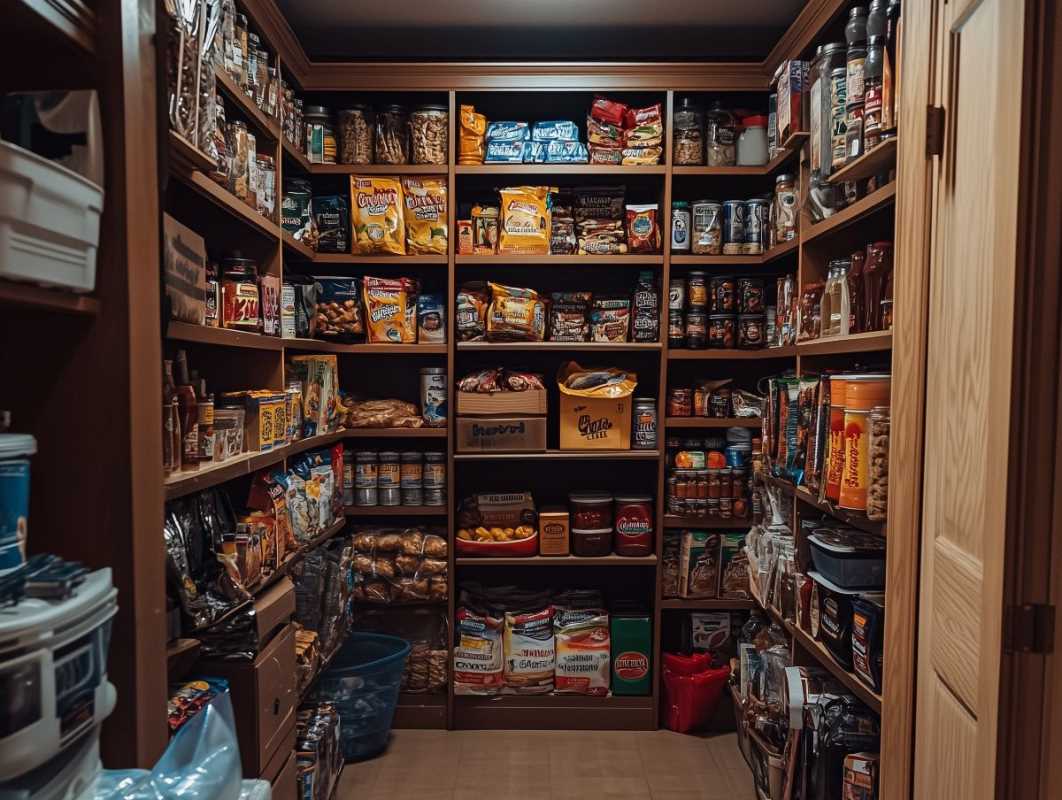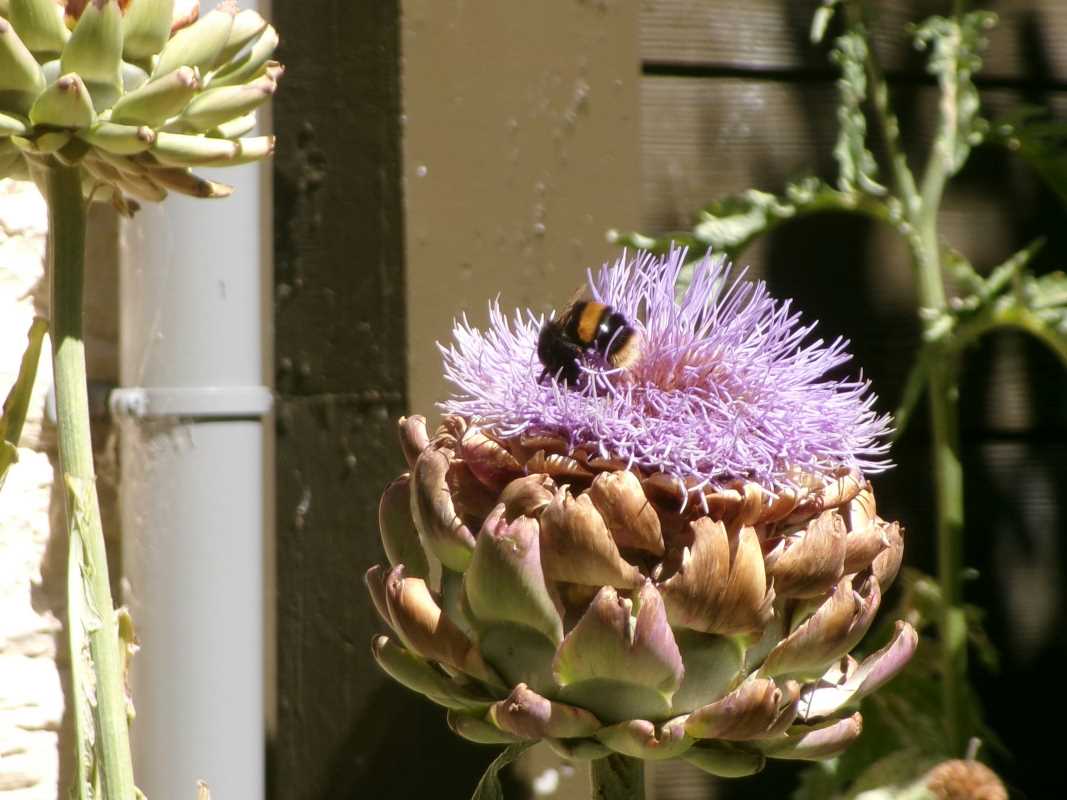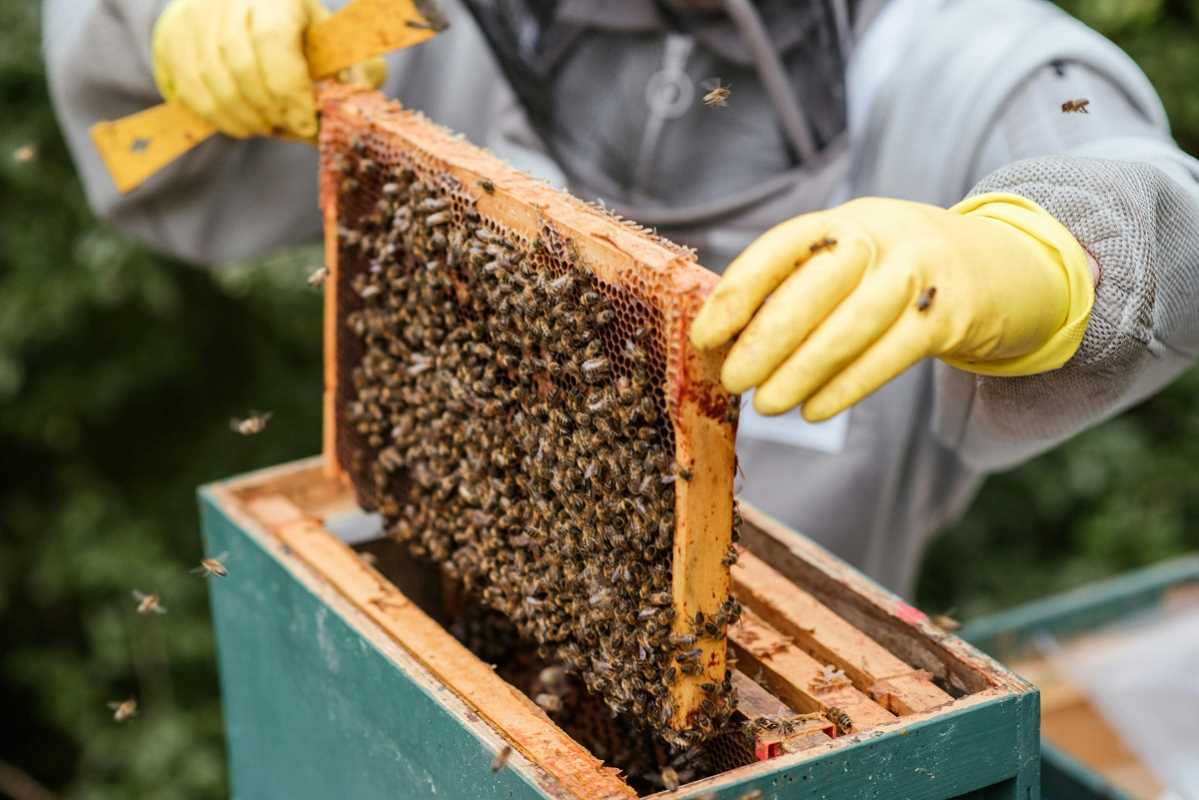Take a moment to think about your kitchen. How many items in it are made of plastic? From food containers and wrap to utensils and packaging, plastic has become an almost unavoidable part of our culinary spaces. While it’s convenient, its impact on the environment is enormous. Plastic pollution is a growing global crisis, and single-use plastics are one of the worst offenders. The good news is that with a few simple changes, you can transform your kitchen into a plastic-free haven and live more sustainably without compromising functionality or style.
This guide will walk you through actionable steps to eliminate plastic from your kitchen, highlight the benefits of these changes, and provide tips for sourcing sustainable alternatives.
The Environmental Impact of Plastic
Plastic waste is one of the most severe pollution issues facing our planet. Did you know that only about 9% of the plastic ever produced has been recycled? The rest ends up in landfills, the ocean, or as litter, taking centuries to decompose while leaching harmful chemicals into the soil and water.
Single-use plastics, like food wrap and takeout containers, contribute significantly to this problem. By transitioning your kitchen to a plastic-free zone, you’re reducing your impact on the environment, keeping toxic chemicals out of your home, and encouraging healthier habits.
Step 1: Start Small and Audit Your Kitchen
Transitioning to a plastic-free kitchen doesn’t happen overnight. Instead of replacing everything at once, start by conducting an audit to identify the biggest plastic offenders. Open your cabinets, fridge, and pantry and take stock of how much plastic you’re using. Common culprits include plastic food storage containers, disposable utensils, produce bags, plastic wrap, and packaged foods.
Begin by tackling one category at a time. For example, focus on swapping single-use plastics like food wrap before moving on to storage containers or pantry staples.
Step 2: Invest in Reusable Food Storage
Swap Plastic Containers for Glass or Stainless Steel
Plastic food containers might be lightweight and affordable, but they can leach chemicals into your food, especially when exposed to heat. Swap them out for glass or stainless steel containers, which are safer, more durable, and 100% recyclable.
Glass containers with airtight lids are ideal for storing leftovers, while stainless steel options work well for transporting meals. A bonus? They look much better on your kitchen shelves or counters!
- Tip: Look for glass storage options that are oven-safe, allowing you to cook and store food in the same container.
Try Beeswax Wraps Instead of Plastic Wrap
Beeswax wraps are a reusable, biodegradable alternative to plastic wrap. Made from cotton coated in beeswax, tree resin, and jojoba oil, these wraps mold to the shape of bowls or directly onto food, keeping it fresh without the waste.
Simply rinse them in cool water and reuse them for months. For those allergic to beeswax or seeking vegan alternatives, plant-wax wraps made from soy or candelilla wax are available.
Step 3: Build a Sustainable Pantry
Buy in Bulk to Avoid Packaging Waste
Plastic packaging is almost unavoidable in traditional grocery stores, but buying in bulk is an excellent way to reduce it. Many stores have bulk sections where you can fill your own containers with pantry staples like rice, oats, spices, or nuts.
- How to Get Started:
- Bring your reusable jars, cloth bags, or containers to the store.
- Weigh them before filling to avoid paying extra for the container’s weight (some stores call this the “tare weight”).
- Transfer what you need at home and enjoy the lack of plastic waste in your pantry.
Store Dry Goods in Glass Jars
Once you’ve eliminated bulky plastic packaging, use mason jars or repurposed glass containers to store your pantry items. They’re not only eco-friendly but also allow you to quickly identify ingredients, giving your kitchen a clean, organized look.
- Pro Tip: Reuse jars from store-bought items like pasta sauce or pickles instead of recycling them, giving them a second life.
Step 4: Shop for Produce Without Plastic
Plastic produce bags contribute heavily to single-use plastic waste. Luckily, there are several ways to avoid them when grocery shopping.
Use Cloth Produce Bags
Carry reusable, washable cloth produce bags to the grocery store or farmer’s market instead of relying on plastic ones. These bags come in various sizes to accommodate fruits, vegetables, and even bulk items.
Choose Loose Produce
Avoid pre-packaged fruits and vegetables whenever possible. Instead, opt for loose produce and arrange to store it properly at home to extend its shelf life. For example, keep leafy greens in damp towels or beeswax wraps to maintain freshness.
Step 5: Reimagine Cleaning and Dishwashing
Many kitchen cleaning supplies also contribute to plastic waste, but there are excellent sustainable alternatives that work just as well.
Replace Plastic Dish Brushes and Sponges
Conventional dish brushes and sponges made from plastic wear out quickly and shed microplastics into the water. Instead, switch to compostable brushes made from bamboo and natural fibers.
- Eco-Friendly Dishwashing Options:
- Replace disposable sponges with washable, reusable alternatives like loofah sponges.
- Opt for dishcloths made from organic cotton that can be washed and reused hundreds of times.
Use Plastic-Free Dish Soap
Many traditional liquid dish soaps come in plastic bottles. To eliminate this waste, use a solid dish soap bar, which works just as effectively without the need for plastic packaging. Pair it with a wooden soap dish to keep it dry and long-lasting.
Step 6: Explore Plastic-Free Cooking and Baking Essentials
Avoid Plastic Utensils and Tools
Ditch plastic cooking utensils for longer-lasting alternatives made of wood, stainless steel, or silicone. Wooden spoons, bamboo spatulas, and stainless steel tongs are all eco-friendly options. Bonus? These materials are naturally heat-resistant and safe for non-stick cookware.
Use Silicone Baking Mats or Parchment Paper
Traditional parchment paper often has a plastic coating, and aluminum foil can’t be reused. Instead, opt for silicone baking mats, which are reusable, durable, and save waste by replacing disposable liners.
Step 7: Build Long-Term Sustainable Habits
Transitioning to a plastic-free kitchen is as much about building new habits as it is about swapping items. Incorporate sustainable practices into your routine to make your efforts long-lasting.
Compost Food Scraps and Avoid Plastic Bags
Composting your vegetable peels, coffee grounds, and eggshells is a great way to give back to the planet while reducing kitchen waste. Additionally, swap plastic trash bags for compostable alternatives.
Stay Mindful When Making Future Purchases
Whenever you’re about to buy something new, ask yourself if it’s reusable, biodegradable, or made from sustainable materials. Even small, mindful purchases go a long way in keeping your kitchen plastic-free.
 (Image via
(Image via





